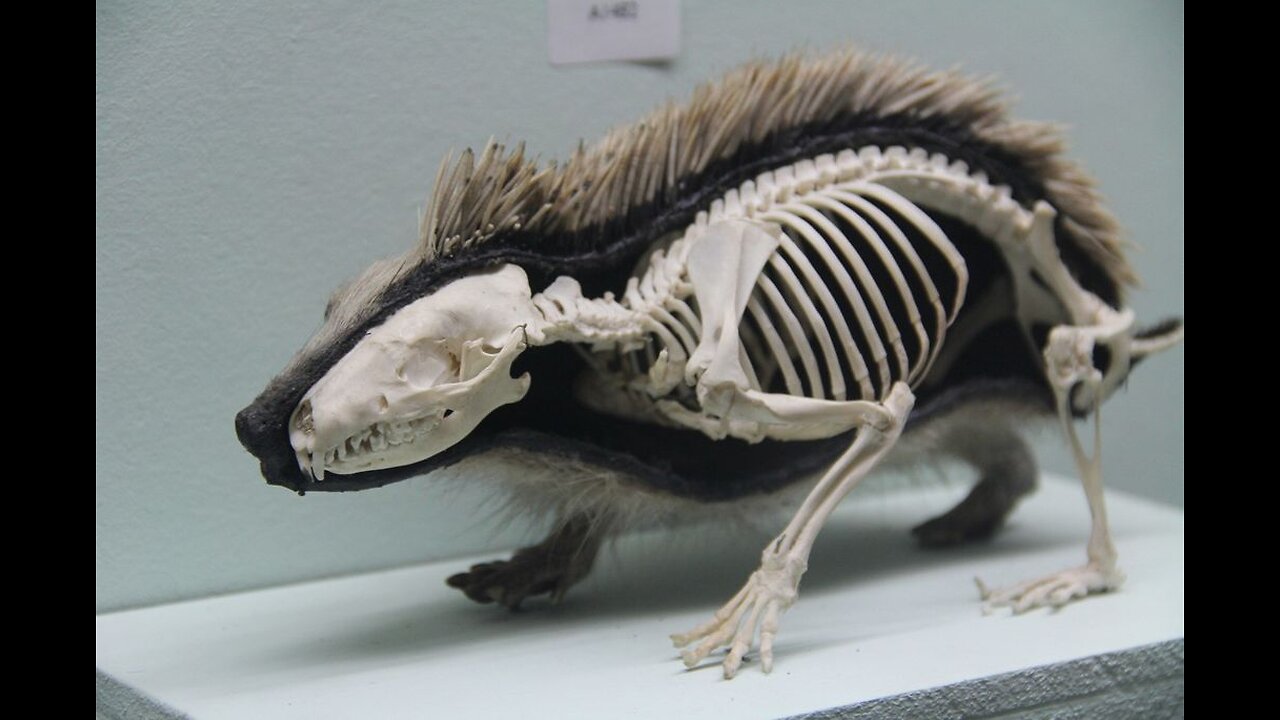Premium Only Content

"The Islington Mystery" by Arthur Machen
0:00:00 Chapter I
0:02:21 Chapter II
0:05:11 Chapter III
0:06:54 Chapter IV
0:11:26 Chapter V
0:19:48 Chapter VI
0:23:06 Chapter VII
----
The Crippen murder was a real thing - Hawley Harvey Crippen murdered his wife Cora in 1910. While trying to flee to the US by boat, a message was sent by wireless from the captain of the ship they were on to British authorities, who then had agents waiting in Canada to arrest him when they arrived.
Battersea is today a part of south London, but it had been a part of Surrey until as late as 1889.
The Battersea Murder is another real life case, this time the victim being one Thomas Weldon Atherstone.
palmary: outstanding
10 shillings in, call it 1915, would be worth somewhere in the ballpark of 40 to 400 pounds today, depending on how you want to measure relative worth over time. So that's a respectable watch, especially at the upper end of that range. Certainly you can get a lot fancier, but you can also get a lot cheaper.
finial: a distinctive ornament at the apex of a roof
The Injured Queen of England: Queen Caroline of Brunswick, wife of George IV. On the day of the King's coronation, Caroline arrived to take her rightful place as Queen, but upon the Lord Chamberlain's orders the doors of Westminster Abbey were slammed in her face. She died 19 days later in August 1821. (Although it seems more likely to have been any of: intestinal obstruction, cancer, or poison, so nothing to do with the doors of the Abbey, despite her epitaph.)
tartar, as used in this context, is slang for a person of irritable or violent temper
pæan: a thing (in this case, newspapers) that expresses enthusiastic praise
mooning, while mostly known for its informal and rude meaning at least in the US, it has a formal and non-rude definition that may be new to most Americans: behave or move in a listless and aimless manner.
£75 in 1915 would be worth something in the range of £6,000 to £60,000 today!! That's a damned expensive cash register!!
The text uses the name "M'Aulay", but as best I can tell, that should be read as MacAulay, which is what I went with. I am not entirely sure either way, so I might have done wrong, but M'Aulay doesn't sound English or even Celtic, while MacAulay obviously is.
Bishop Butler: Joseph Butler, an 18th century English Bishop
The Campden Wonder was actually a real event in the town of Chipping Campden, Gloucestershire, England, in the 17th century.
The picture used is "Half Taxidermy, Half Skeleton Hedgehog", at the Horniman Museum and Gardens in London, England, by Curious Expeditions. Used here under the Creative Commons Attribution-NonCommercial-ShareAlike 2.0 Generic license (https://creativecommons.org/licenses/by-nc-sa/2.0/).
-
 LIVE
LIVE
SpartakusLIVE
6 hours ago#1 Spartan SPECIALIST Champion || Last Stream till SECRET EVENT
338 watching -
 LIVE
LIVE
MyronGainesX
1 day ago $17.81 earnedTucker vs Ted Cruz, Israel Iran War, Karen Read, Diddy, And More!
2,704 watching -
 13:25
13:25
Tundra Tactical
5 hours ago $1.05 earnedSENATORS Must Hear Our Voice on HR1 NOW!!!
20.8K -
 1:02:25
1:02:25
BonginoReport
8 hours agoDems Boycott Probe on Biden’s Fitness to Serve w/ Sean Spicer - (Ep.73)
101K62 -
 8:14
8:14
MattMorseTV
11 hours ago $5.72 earnedBombshell VICTORY in the Supreme Court.
50.9K40 -
 LIVE
LIVE
TheSchleppy
4 hours ago $0.49 earned✨TheSchleppy✨YAKUZA LIKE A DRAGON! GEARS OF WAR PREMIUM LATER
184 watching -
 2:39:01
2:39:01
yellow_1ron
4 hours ago $0.53 earnedDAY 2 OF 7 DAYS TO DIE | AM I GOING TO SURVIE | JOIN!
11.1K -
 1:34:09
1:34:09
Glenn Greenwald
7 hours agoWill Tulsi Remain as DNI? Is Bombing Hospitals Permitted Only When Israel Does It? Plus: Glenn Takes Your Questions on Locals | SYSTEM UPDATE #472
137K137 -
 22:59
22:59
JasminLaine
9 hours ago$95B to Fight The U.S.? Then They PROMISE to BAN Canadian Oil by 2030
5.25K16 -
 1:00:00
1:00:00
BEK TV
1 day agoKEN COLEMAN AND GEORGE KAMEL TACKLE TOUGH FAMILY FINANCES, LAYOFFS, DEBT
4.37K